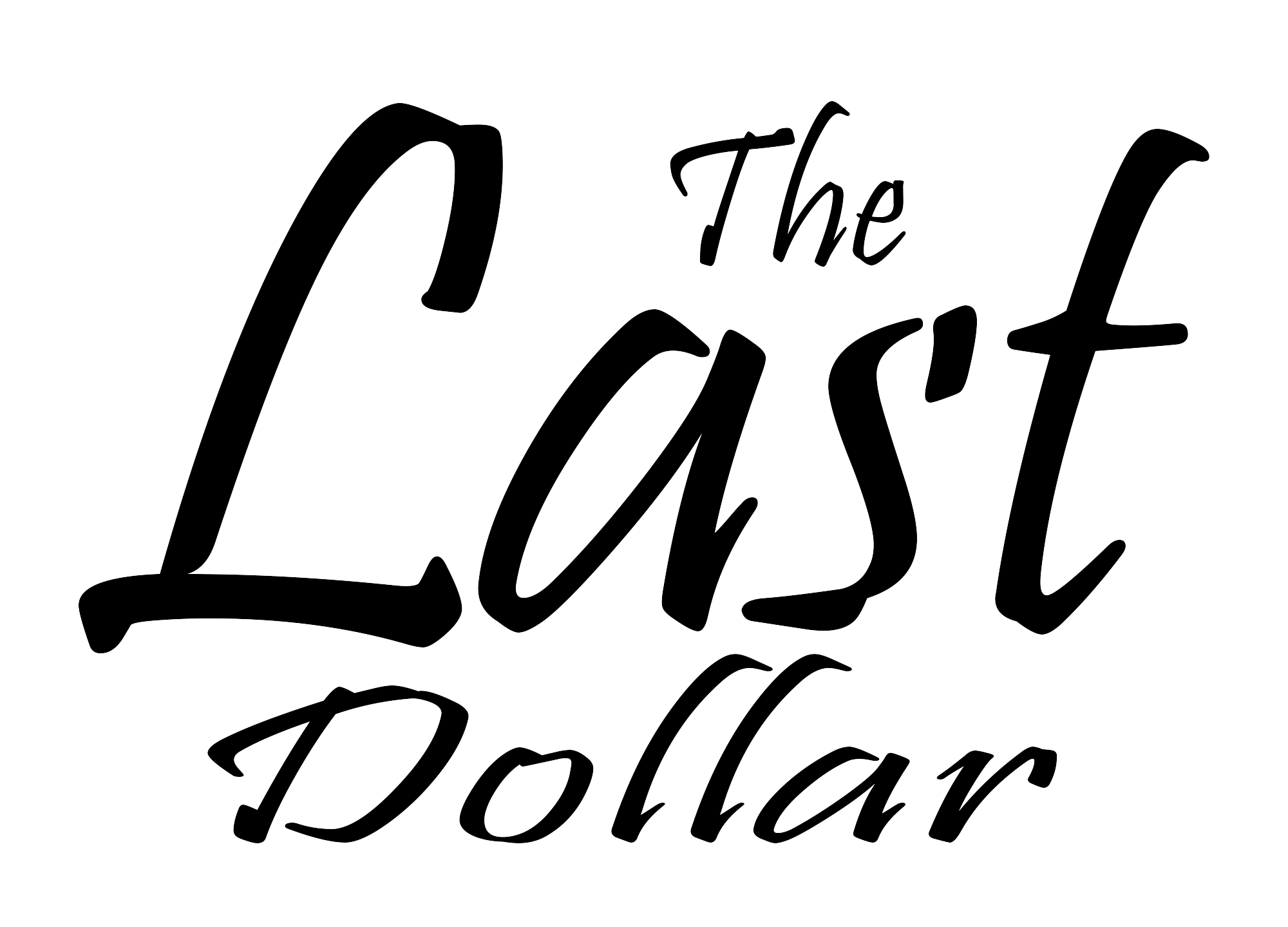As of 2025, the US student loan debt has escalated to approximately $1.77 trillion, affecting over 43 million borrowers nationwide. So, this staggering figure underscores a crisis that has evolved over decades, influenced by policy shifts, economic changes, and societal expectations.
Historical Context: From Public Good to Personal Burden
Post-World War II, initiatives like the GI Bill of 1944 made higher education accessible to many, viewing it as a public investment. However, starting in the 1980s, state funding for public colleges declined, leading institutions to increase tuition fees. Moreover, this shift transferred the financial burden from the state to individual students, prompting a surge in student borrowing.
Recent Legislative Developments
So, in April 2025, House Republicans proposed a comprehensive overhaul of the federal student loan system, aiming to reduce federal spending by $330 billion. Key elements of the proposal include:
- Borrowing Caps: Limiting federal student loans to $50,000 for undergraduates, $100,000 for graduate students, and $150,000 for professional students, effective July 1, 2026.
- Institutional Accountability: Holding colleges financially responsible for a portion of their students’ defaulted loans, incentivizing institutions to ensure better student outcomes.
- Repayment Plan Simplification: Consolidating existing repayment options into two plans—a standard fixed plan and an income-driven plan offering loan cancellation after 360 qualifying payments.
- Elimination of Certain Programs: Phasing out Parent PLUS loans and various Biden-era loan forgiveness and deferment options for new borrowers starting July 2025.
Resumption of Loan Collections
After a five-year pause due to the COVID-19 pandemic, the Department of Education announced the resumption of collections on defaulted federal student loans beginning May 5, 2025 . This move includes wage garnishments and tax refund seizures, affecting millions of borrowers who are behind on payments.
Disparities in Student Loan Debt
The burden of student loan debt is not evenly distributed. Black borrowers, on average, owe $53,430, compared to $46,140 for white borrowers and $26,460 for Hispanic borrowers. These disparities reflect broader systemic inequalities in access to resources and opportunities.
Conclusion: The Student Loan Crisis in the US
Addressing the student loan crisis requires a multifaceted approach:
- Policy Reform: Implementing legislation that balances borrower relief with institutional accountability.
- Educational Funding: Increasing state and federal investment in higher education to reduce the need for borrowing.
- Financial Literacy: Enhancing programs that educate students on borrowing, repayment, and financial planning.
As the nation grapples with this complex issue, it is imperative to consider both immediate relief for borrowers and long-term structural changes to prevent future crises.
Also, discover our expert blogs for insightful tips on managing your finances effectively! Also, don’t forget to follow us on X.












